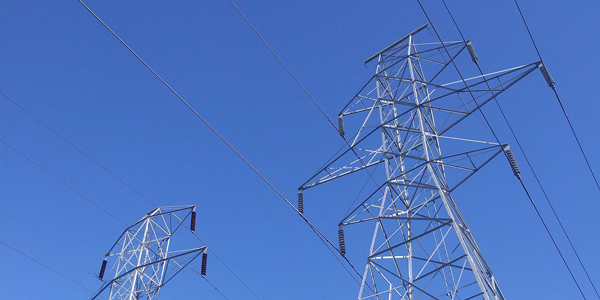By Amanda Durish Cook
FERC on Thursday identified 13 additional transmission owners it said should change accounting practices that could inflate rates by underestimating tax credits.
The commission ordered a Section 206 proceeding investigating the companies’ use of a double averaging formula to calculate accumulated deferred income taxes (ADIT) (EL18-155, et al.). The utilities include two Ameren subsidiaries, American Transmission Co., GridLiance West Transco, ITC Midwest, Northern States Power, Public Service Company of Colorado, Southern California Edison, TransCanyon DCR, Southwestern Public Service and Virginia Electric and Power Co.
In April, FERC opened a similar investigation of five MISO TOs after rejecting proposed formula rate template revisions that would have applied the two-step averaging methodology in annual true-up calculations of ADIT balances.
The commission signaled it would probe whether the practice makes deferred income tax credits appear lower than they should be, possibly raising rates (ER18-224, EL18-138). The filers were ALLETE, Montana-Dakota Utilities, Northern Indiana Public Service Co., Otter Tail Power and Southern Indiana Gas and Electric Co.
The commission said that the TOs’ practice of averaging the prorated ADIT value for the year with the beginning-of-year ADIT balance “produces a result that is disproportionately skewed towards the beginning-of-year balance.”
“Because most companies tend to continuously make investments in plant[s], which in turn generates ADIT, plant and ADIT balances typically increase throughout the year,” the commission said.
MISO TOs Offer New Formula
On June 4, the five MISO TOs submitted revisions to remove the proposed double averaging and instead apply the IRS’ proration methodology in calculating the annual transmission formula rate true-up.
In last week’s order, FERC suggested that the 13 newly identified utilities would need to similarly revise their rates.
“Upon initial review, the concerns we identify might be addressed by revising respondents’ transmission formula rates to eliminate the use of the two-step averaging methodology to determine ADIT balances,” FERC said. “In particular, respondents could modify their transmission formula rates to apply the first step of the two-step averaging methodology to generate a prorated ADIT value for the year, without taking the second step of averaging the prorated value for the year with the beginning-of-year balance.”
Change of Heart
FERC noted that, in previous proceedings, it had allowed TOs to use the two-step methodology “based on the understanding that this methodology was necessary to comply” with the IRS’ normalization rules, an accounting system the Department of Treasury uses for regulated public utilities to reconcile accelerated depreciation of their public utility assets or investment tax credits with regulatory treatment.
However, FERC said in April that its opinion on the matter has since changed, guided by private letter rulings from the IRS. FERC said it now interprets updated IRS rules to “not require that any averaging convention applied to other elements of rate base also apply to taxpayer’s prorated [ADIT] balance.”
“We conclude that if the IRS’ proration methodology is applied to calculate ADIT balances in forward-looking formula rates — such as the Attachment O formula rate templates of certain MISO TOs — then the additional averaging step need not also be applied in order to comply,” FERC said.



